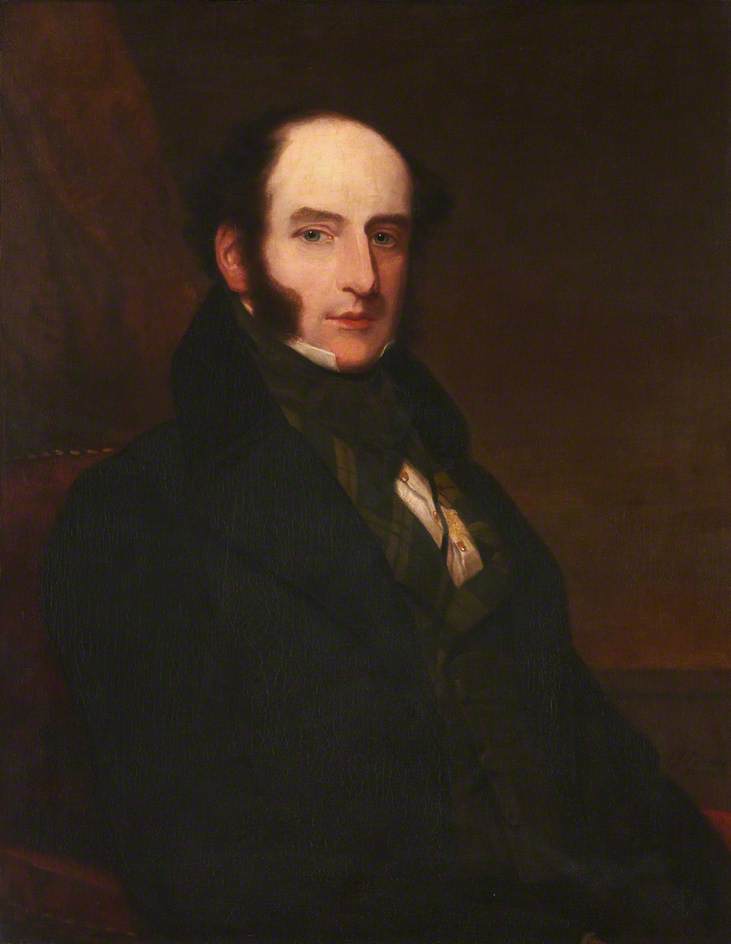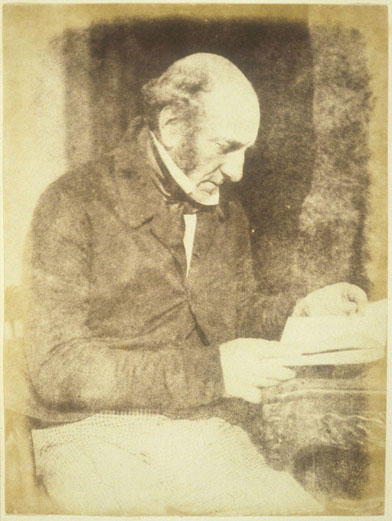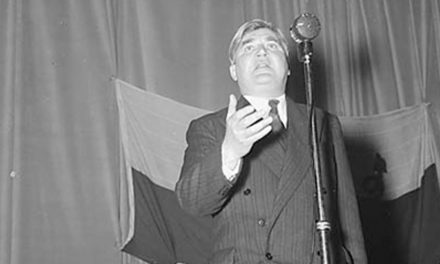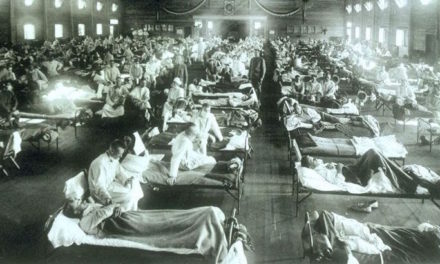Before the discovery of general anaesthesia in the mid 19th century, surgery was a horrific prospect with the patient fully conscious and suffering unspeakable agony and a significant risk of death. In this era, the speed with which the surgeon could before the procedure was of utmost importance. The faster the surgery, the less suffering the patient would endure, and often, the higher the chance of survival. Perhaps the fastest surgeon of this era was Robert Liston, who was often referred to as the “fastest knife in the west end”.
Early life and medical training
Robert Liston was born in Ecclesmachan in Scotland on 28th October 1794. He was the son of Margaret Ireland and Henry Liston, a Scottish minister and inventor. He was named after his grandfather, who served as the Moderator of the General Assembly of the Church of Scotland. His mother died when he was six, and his father raised him alone.
He received his medical education at the University of Edinburgh, where he studied extensively under the famous anatomist John Barclay. While in Edinburgh he developed a reputation as a very difficult individual with a caustic and arrogant personality.
He qualified as a surgeon at The Royal Infirmary of Edinburgh in 1818. He was particularly interested in anatomy and quickly built a reputation as a fast and highly skilled surgeon. He was an appointed lecturer of anatomy in Edinburgh but, he was widely disliked by his peers, and many wanted him banned from the wards because of his unpleasant attitude. Following a series of disagreements with his colleagues, he left Scotland and moved to London. In 1834 he was elected surgeon to the newly founded hospital attached to the University of London.
“Time me, gentlemen”
Standing six feet two inches tall, Liston was an imposing figure who was famously strong and spoke with a load and brusque voice that would often intimidate both his students and patients. He was unusual at the time in that he would wash his hands and remove his frock coat and put on an apron to operate. Proper surgical antisepsis would not be widely accepted until the late 1800s following the pioneering work of Joseph Lister.
Before performing an operation, Liston would stride boldly into the surgical theatre, which was frequently packed out with spectators including visiting surgeons, all eager to witness his unparalleled surgical technique. With the presence of a true showman, he would then nod to the medical students present with their pocket watches in hand and announce “Time me, gentlemen!”
A typical amputation would take approximately 2-3 minutes to perform, with his fastest amputation being reported to be an astonishing 28 seconds. A handkerchief would be placed in the patient’s mouth to mask his screams, a medical student would be asked to hold the limb that was being removed, and two other students would be summoned to keep the patient still. Liston would then cut through the flesh with a scalpel, saw through the bone and suture the wound. Despite the speed with which he performed these procedures, his results were excellent for the time. Between 1835 and 1840, Liston performed 66 amputations and only 10 died, a mortality rate of less than 1 in 6. The average mortality rate amputations at this time was a horrifying 1 in 4.
Despite his speed and bravado, Liston thought that that surgery should be reserved as a last resort. He believed that it was of equal importance that a surgeon knew when not to operate. In his text, ‘Elements of Surgery’, he wrote:
“The functions and structure of parts are more frequently preserved uninjured – mutilation is more rarely required – and operations are dispensed with. The wider the extension of Pathology, the fewer the operations will be – thus affording the best criterion of professional attainment. Who will question, that there is more merit in saving one limb by superior skill, than lopping off a thousand with the utmost dexterity.”

A portrait of a young Robert Liston, painted in 1847 by Samuel John Stump
Liston’s most infamous cases
In addition to his record-breaking 28-second leg amputation, Liston is quite infamous for some particularly remarkable cases. In another leg amputation that took a comparatively slow 2 and a half minutes, Liston accidentally also removed the patient’s testicles. In a more successful operation involving the testes, he removed of a 45-pound scrotal tumour that the patient had to carry around in a wheelbarrow in just 4 minutes.
Liston was not always correct in his medical judgement, and when presented with a red, pulsating tumour in a small boy’s neck, he diagnosed an abscess. His house-surgeon disagreed and felt that the appearance was more consistent with a carotid artery aneurysm. An argument ensued, but Liston pronounced “Whoever heard of an aneurysm in one so young?” He proceeded to lance the lesion quickly. His houseman was proved correct on this occasion, and the boy sadly bled to death almost immediately, haemorrhaging out from the damaged aneurysm.
Perhaps Liston’s most famous case, however, is the only operation in history with a 300% mortality rate. This case was another of Liston’s famous high-speed amputations. The leg was amputated in under 2 and a half minutes, but in his haste, Liston also slashed through the coat tails of a spectator, who was so terrified by the experience that he dropped dead from terror on the spot. He also managed to amputate the fingers of his surgical assistant, who subsequently died from gangrene, as did the patient just a few days later.

A photograph of Robert Liston, taken circa. 1847 by Hill & Adamson
Liston’s legacy
Liston, without doubt, made a significant contribution to the field of surgery in the pre-anaesthetic era. Although his operations were traumatic, terrifying and painful for his patients (and often the spectators!), his survival rates were unusually high for the time. A larger than life figure, his memory has lived on in medical school stories and popular culture, and his record for a 300% mortality rate has never been beaten, and hopefully never will.







Recent Comments